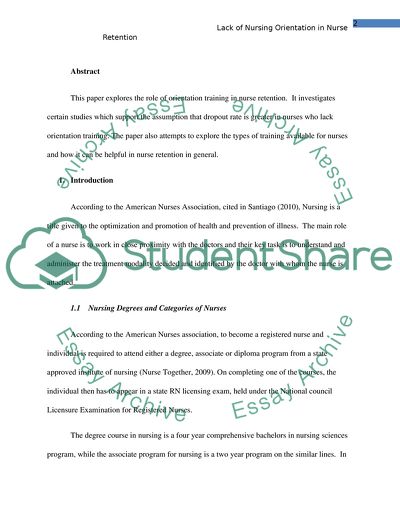Cite this document
(Inadequate Nursing Orientation in Nurse Retention and Recruitment Term Paper, n.d.)
Inadequate Nursing Orientation in Nurse Retention and Recruitment Term Paper. Retrieved from https://studentshare.org/nursing/1744103-the-effect-of-that-inadequate-nursing-orientation-has-on-the-outcome-of-nursing-retention
Inadequate Nursing Orientation in Nurse Retention and Recruitment Term Paper. Retrieved from https://studentshare.org/nursing/1744103-the-effect-of-that-inadequate-nursing-orientation-has-on-the-outcome-of-nursing-retention
(Inadequate Nursing Orientation in Nurse Retention and Recruitment Term Paper)
Inadequate Nursing Orientation in Nurse Retention and Recruitment Term Paper. https://studentshare.org/nursing/1744103-the-effect-of-that-inadequate-nursing-orientation-has-on-the-outcome-of-nursing-retention.
Inadequate Nursing Orientation in Nurse Retention and Recruitment Term Paper. https://studentshare.org/nursing/1744103-the-effect-of-that-inadequate-nursing-orientation-has-on-the-outcome-of-nursing-retention.
“Inadequate Nursing Orientation in Nurse Retention and Recruitment Term Paper”, n.d. https://studentshare.org/nursing/1744103-the-effect-of-that-inadequate-nursing-orientation-has-on-the-outcome-of-nursing-retention.


